
White Mold vs Efflorescence
Unlike white mold, efflorescence is not harmful but can indicate underlying issues with water infiltration or poor drainage. To tackle efflorescence, you need to address these water-related problems by waterproofing your basement or improving drainage systems.

What Is White Mold and Is It Dangerous? Oh So Spotless
Often overlooked, white mold is often mistaken for efflorescence. Efflorescence is a crystalline deposit of salts often observed on the surface of concrete or brick structures. Efflorescence occurs when water travels through a masonry structure, bringing mineral salts to the surface. When the water evaporates, a white, fluffy structure is left.

Efflorescence! YouTube
How Can You Tell if You Have White Mold or Efflorescence? First, look at the type of material on which you see the white substance. If you see it on anything other than concrete or masonry, it's mold. Second, spray the substance with a little water in a spray bottle and simply wipe it with a rag. It that removes it, it's not mold.
SALTPETER the secret salt Salt made the world go round
Efflorescence is a crystalline deposit of salts that can form when water is present in or on brick, concrete, stone, stucco or other building surfaces. It has a white or greyish tint and consists of salt deposits that remain on the surface after water evaporates.
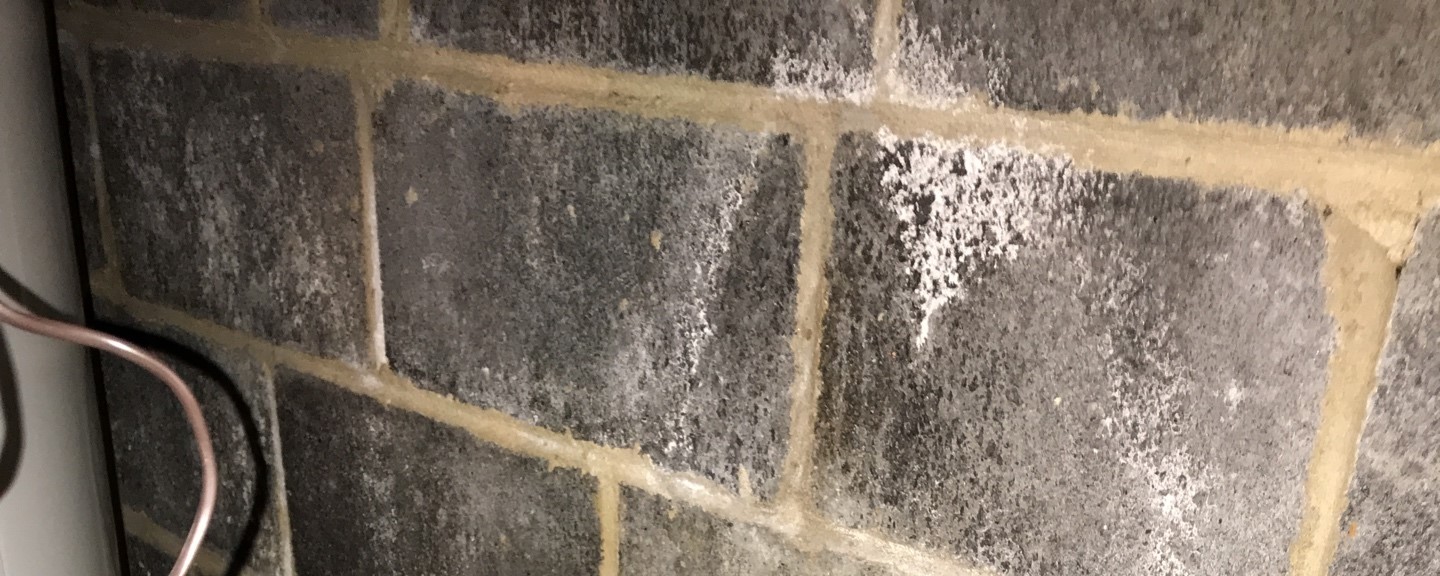
What is Efflorescence? Basement & Crawl Space Mold Prevention
Mold Education, Mold Removal If you have ever lived in a newer brick home or walked past a concrete building, you've probably seen efflorescence before. Often confused with mold growth, efflorescence is a white, chalky, crystal-looking substance (whereas mold is more commonly green, black, or blue… although there are white molds).

White Mold On Concrete Floor Flooring Tips
White mold or efflorescence? Sometimes people can mistake efflorescence, or salt deposits left after water has passed through a surface, for white mold. Both are common in humid environments like basements, but efflorescence poses no health risk. It's very easy to tell the difference: spray the surface with white marks with water.

Efflorescence. It’s the whitish powdery material that forms on the surfaces of maso… Concrete
If you need mold remediation services, contact the experts at ServiceMaster Restore by calling 1-800-RESPOND for help today. ServiceMaster Restore resolves issues related to white mold and efflorescence. White mold, known as mildew, can be a common problem in damp and poorly ventilated areas, leading to potential health risks and structural damage.

Mold Growth or Efflorescence? Northeast Property Restoration
White mold, often confused with a salt deposit, is a type of fungus that thrives in a moist environment with high humidity. It can grow on a variety of building materials, including hard surfaces like concrete and wood. Many homeowners don't realize that they have a white mold problem because of its colour, which makes it difficult to detect.

White Powdery Mildew On Basement Walls Picture of Basement 2020
White mold looks like patches of white powder, film, or threads growing across a surface. When in its powdery form, white mold can be tricky to spot on pale surfaces. White mold can change color as it matures because it turns darker as it starts producing pigmented spores.
Is this white mold or efflorescence on concrete? HomeImprovement
People often confuse white mold with efflorescence. If you have soft water with high sodium content, or if saltwater has been on a surface and then evaporated, efflorescence is the white, fluffy material that is left behind. It's the actual salt deposit that is left behind when the water evaporates.

Mold Growth or Efflorescence? Northeast Property Restoration
Efflorescence occurs when water migrates through cement structures, carrying salts to the surface. These salts are then deposited on the surface when the moisture evaporates, leaving behind a crystalline-like structure. Differentiating between mold growth and efflorescence Due to their similar appearance, the two substances often cause confusion.
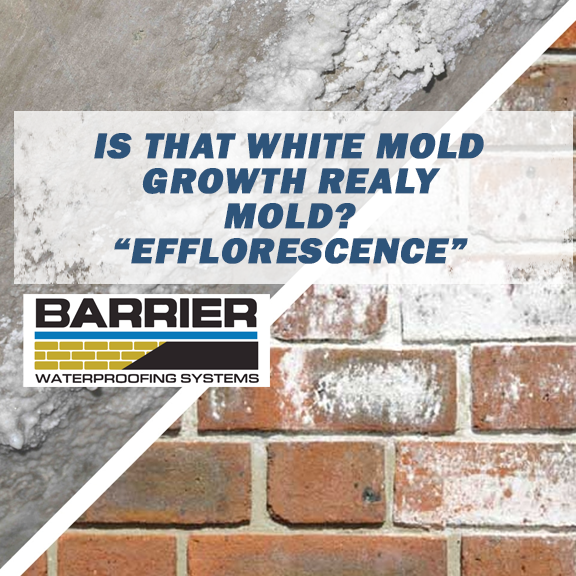
White Mold Growth Removal Services Learn About Efflorescence BWS Nashvillle
Two simple tests can determine whether you're looking at white mold on concrete or efflorescence salt deposits. 1. Lightly mist the area. If it's efflorescence, the growth appears to dissolve. 2, Pull a small amount from the wall, and squeeze it. Efflorescence breaks into a fine powder. If a sample fails these tests, you're dealing with a.

White Mold In Your Home Is It Dangerous & How To Remove It! Making This Home
White Mold vs. Other Substances White Mold and Wood Rot. While white mold doesn't cause wood rot, prolonged exposure to moisture can lead to wood decay fungi, which does cause rot. White Mold vs. Efflorescence. Efflorescence, often mistaken for white mold, is a crystalline growth on concrete and masonry.
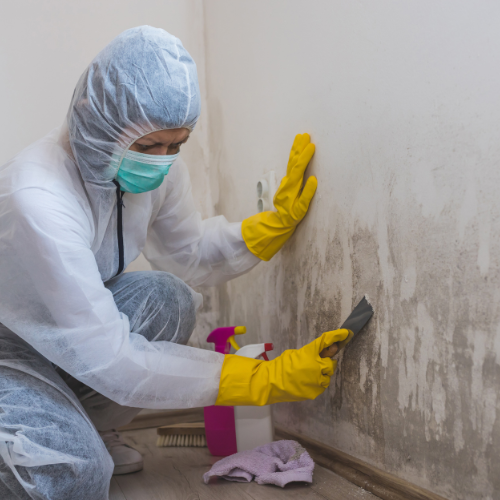
White Mold Efflorescence ServiceMaster Restore®
Mold can be any color, but is often black or gray. Efflorescence, on the other hand, is almost always white or yellow. While mold can be these colors, you know you are not looking at efflorescence if it is black, gray, green, blue, or pink. Efflorescence develops on inorganic building materials, like concrete and brick.

Why And What To Do With White Mold In Attic 9 Useful Tips
Efflorescence is a white powdery substance that can form on surfaces when water evaporates. Mold, on the other hand, is a type of fungus that can grow in damp areas. In this article, we will explain what is efflorescence and how it differs and compare to mold growth. Watch on YouTube Contents What is efflorescence? Causes of efflorescence
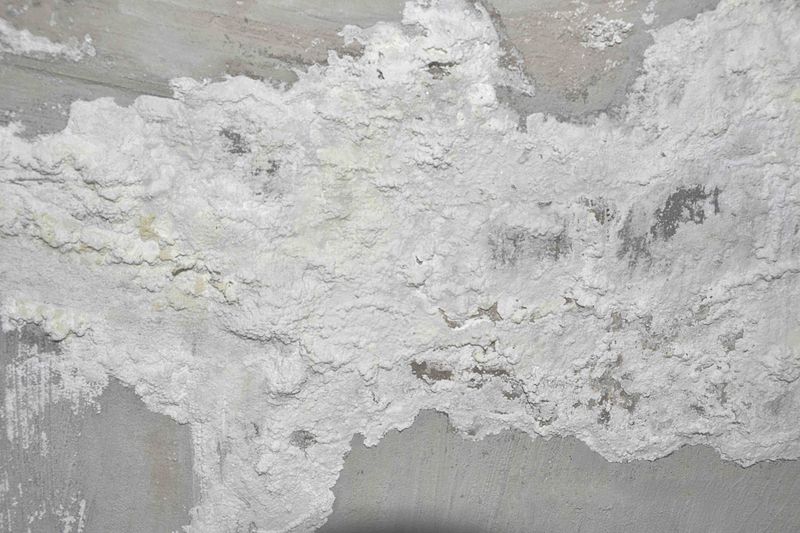
White Mold Is It Dangerous & How to Remove It? Mold Busters
Mold Types of Mold White Mold White Mold Identification and Treatment Identifying white mold growth in your home White mold growth, while a common problem in residential homes, does not receive the same attention as black mold. Primarily this is due to the fears surrounding more well known black molds, such as Stachybotrys.